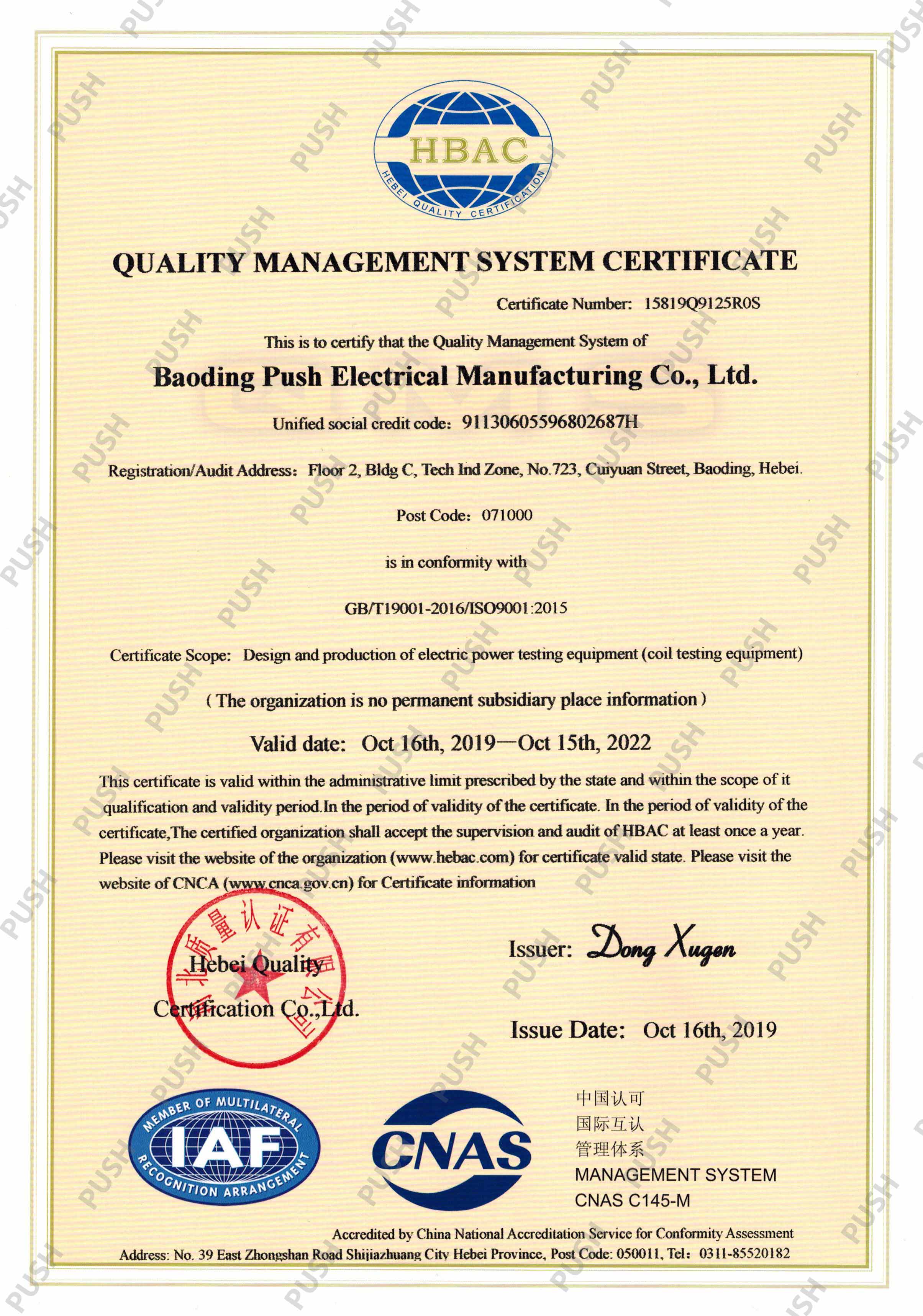 English
English


transformer acidity test
Understanding the Transformer Acidity Test Importance and Methodology
The transformer acidity test is a crucial assessment used in monitoring and maintaining the health of electrical insulating oils in transformers. Insulating oils play a vital role in ensuring the performance and longevity of transformers by providing electrical insulation and cooling. Over time, however, these oils can degrade due to various factors, including heat, moisture, and the presence of contaminants. One of the significant indicators of oil degradation is the acidity level, which can have detrimental effects on transformer components.
Acidity in transformer oils primarily arises from the oxidation of the oil itself. As the oil oxidizes, it forms acids that can lead to the corrosion of transformer windings and other metal parts, resulting in reduced efficiency and potential failure of the equipment. Therefore, measuring the acidity of transformer oil is essential for assessing its condition and determining when it needs to be replaced or treated.
To conduct the transformer acidity test, a sample of the insulating oil is extracted and usually subjected to a standard titration process. The most commonly used method involves titrating the oil sample with a standardized alkaline solution, such as potassium hydroxide (KOH). The endpoint of this titration is indicated by a color change, often using a suitable pH indicator. The amount of alkali solution used provides a quantitative measure of the acidity present in the oil.
transformer acidity test

The results of the acidity test are expressed in milligrams of KOH per gram of oil. Generally, a lower acidity value indicates healthier oil, while an increasing trend in acidity can signify the onset of oxidation and oil deterioration. It is recommended that transformers be regularly monitored for acidity as part of a comprehensive condition assessment program, which may include other tests such as moisture content, dielectric strength, and dissolved gas analysis.
In addition to regular monitoring, the results of the acidity test can help inform decisions regarding oil filtration, purification, or replacement strategies. For example, if acidity levels are deemed too high, implementing an oil reclamation process can help restore the oil’s insulating properties, extending the life of the transformer.
In conclusion, the transformer acidity test is an indispensable tool for electrical engineers and maintenance personnel responsible for the upkeep of transformer systems. By regularly assessing the acidity of insulating oils, organizations can proactively manage the health of their equipment, reducing the risk of failures and ensuring the reliable operation of electrical infrastructures. Maintaining optimal acidity levels not only protects the transformer but also contributes to the overall efficiency and stability of power delivery systems.
-
Differences between open cup flash point tester and closed cup flash point testerNewsOct.31,2024
-
The Reliable Load Tap ChangerNewsOct.23,2024
-
The Essential Guide to Hipot TestersNewsOct.23,2024
-
The Digital Insulation TesterNewsOct.23,2024
-
The Best Earth Loop Impedance Tester for SaleNewsOct.23,2024
-
Tan Delta Tester--The Essential Tool for Electrical Insulation TestingNewsOct.23,2024





